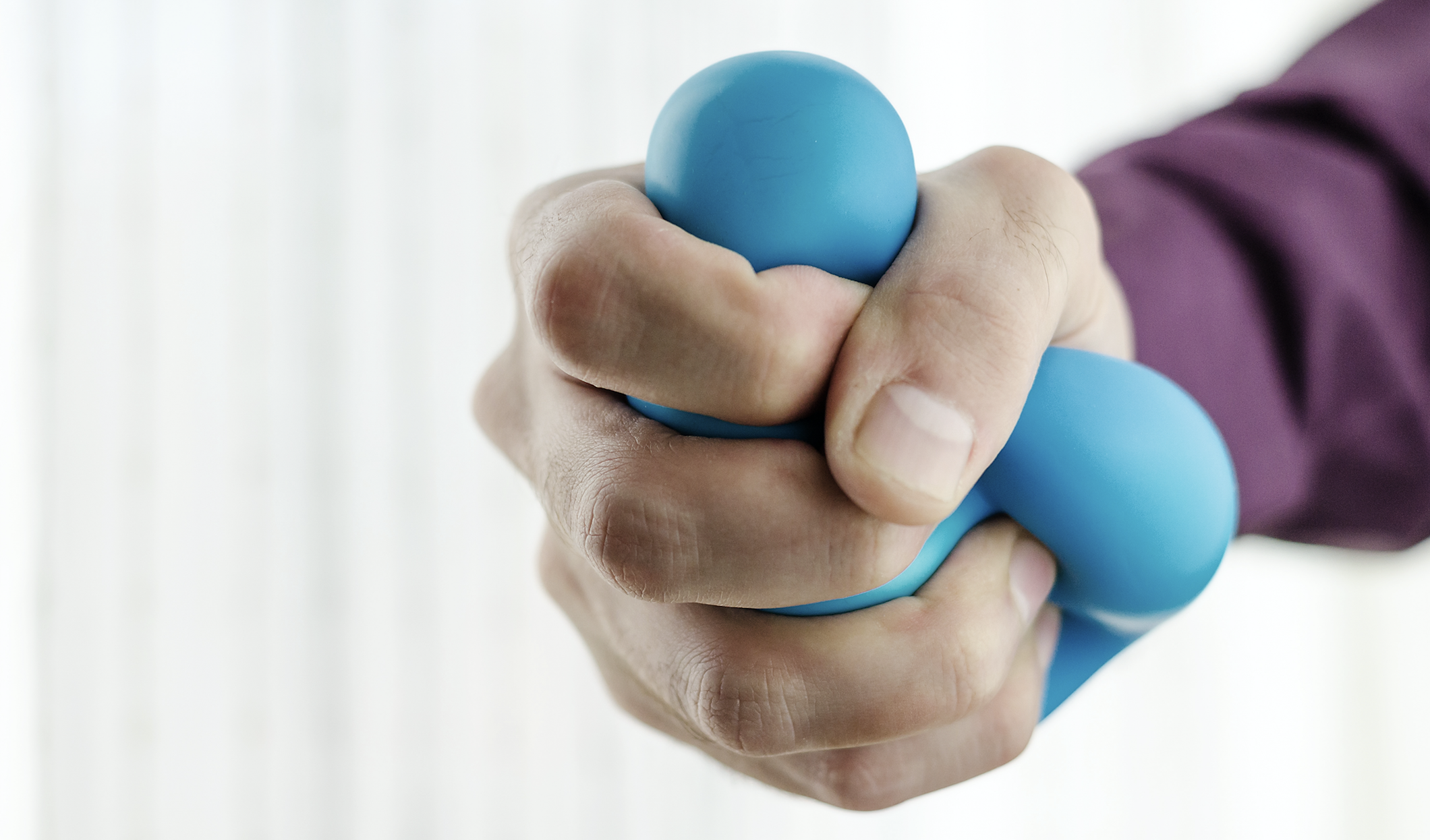You’ve got deadlines to meet, meetings to attend, client deals hanging in the balance, and it feels like the whole team is counting on you. No matter what your line of business, you’ve no doubt been under stressful circumstances. If you’re an employer, both you and your employees probably face the challenges of stress on a regular basis.
Stress can be a real productivity killer when not managed properly. According to the University of Cambridge, stress on the job often results in loss of concentration, lack of motivation, difficulty with thought process, loss of memory, and poor decision-making. These can exacerbate your stress level.
While there is no shortage of tips and tools for dealing with stress, figuring out the most efficient and effective ways to keep a healthy mindset can be just as great of a challenge as the work causing the stress in the first place.
Do a quick search online and you’ll find dozens of stress ball and stress toy options at sites like USImprints.com. Do these really help combat stress on the job? What are some other ways to stay mentally healthy, focused, and productive?
It’s important to understand the relationship between mental health and the health of the body.
Here’s what I suggest:
First Things First
The first five minutes of your morning can set the tone the rest of the day. Simply taking deep breaths before you get out of bed to rush through your morning routine can bring a sense of calm. Meditating, focusing on your breathing, and letting your thoughts drift away can enhance the experience.
If the morning is too much of a rush, five minutes of thoughtful meditation before you walk into the office or turn on your computer can have a similar benefit.
Don’t Forget to Breathe
Breathing is a foundational element of meditation. Obviously, most of our breathing occurs automatically, without conscious thought, however often times we tend to hold our breath in stressful situations.
When people feel anxious, there is usually tightening in their chest, and their breathing becomes shallow or they can get a knot in their stomach. Recognizing these sensations is key. Our body actually responds before our brains. Once you become aware, take at least three deep breaths in these situations. A long exhalation helps to slow the heart rate down and helps the body relax.
We can also look for the opportunity for what I call “the space between,” meaning the brief windows of time between daily activities. Busy people often can’t remember to eat lunch or take a quick break, much less remember to breathe.
Mindfulness and a few minutes of deep breathing before an important phone call or a big meeting can aide relaxation and reduce stress.
Connect Your Mind and Body
Intense cardio exercise relieves stress for most people by releasing endorphins, which boosts mood, and decreases cortisol, the so-called “stress hormone.”
Stress relief toys are another way to influence the mind by doing something physical. Stress relief balls can provide value to those whose anxiety manifests itself by restlessness and fidgeting. Some people shake their legs, or bite their nails, or drum their fingers on the desk. Sometimes having an object to hold or mold can give enough grounding to affect your thoughts and dispense your excess energy.
The use of stress relief toys can change based on the source of the stress. Is the stress coming from being stuck in a chair all day? A few simple exercises with a stress relief ball can go a long way.
Squeeze the ball(s) tightly in your hands, and shrug your shoulders as tight as you can to your ears, then release the shoulders and open your hands wide.
There are other uses for stress relief toys. I have a couple of stress relief toys in my office. After squeezing one for a few minutes, I like to toss it up in the air, or bounce it off the wall, or try to make a basket in my trash can.
Additional Resources
Additionally, there are treatments that go beyond these few simple tools. Seeing a therapist or a physician is often imperative in certain situations. When these simple suggestions above are not enough, the root cause of the stress may be much deeper.
For others, technology can provide useful assistance. There’s an app I’ve often referred people to called Headspace, a tool that can help with meditation and mindfulness.
This post originally appeared as an interview with US Imprints: Do Stress Relief Balls Really Work?

